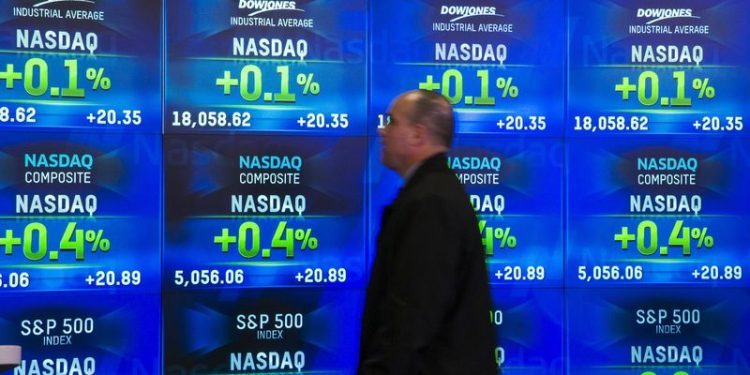Investing.com — Equity markets are appearing to start to question whether a 25 basis point cut would be an adequate response to recent weaker-than-anticipated nonfarm payrolls data, according to analysts at Morgan Stanley.
Investors are now all but certain that the Fed will bring borrowing costs down from a 23-year high of 5.25% to 5.5% after the labor market data showed that the US economy added 142,000 last month, up from a downwardly-revised mark of 89,000 in July. Economists had called for a reading of 164,000, an uptick from the initial July mark of 114,000.
“[T]he equity market was looking for a clear signal that [July]’s payroll weakness was driven by weather and one-off factors,” the Morgan Stanley analysts said in a note to clients. “Instead, softness persisted […]”
Following the release of the data on Friday, the main averages on Wall Street slipped. For the week, the benchmark S&P 500 and 30-stock Dow Jones Industrial Average both posted their largest weekly drops since March 2023, while the tech-heavy Nasdaq Composite logged its biggest dip since January 2022.
The Morgan Stanley analysts predicted that, in response to the labor market data, the Fed would roll out a 25-basis point cut to interest rates at its next two-day gathering from Sept. 17-18, followed by a “series” of similar reductions at “consecutive meetings.” Borrowing costs currently stand at a 23-year high of 5.25% to 5.5%.
However, they added that equity markets, skittish that the data could be a signal for a labor market downturn, would only view a 25-basis point cut as “adequate” if the Fed guides for “more significant” possible reductions at future meetings and “other […] support” like winding down a quantitative tightening push by the end of the year.
The analysts projected that, against a possible backdrop of cooling job demand and easing economic growth, quality and defensive stocks “should continue to show outperformance.”





